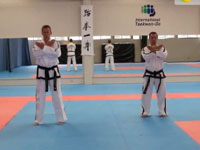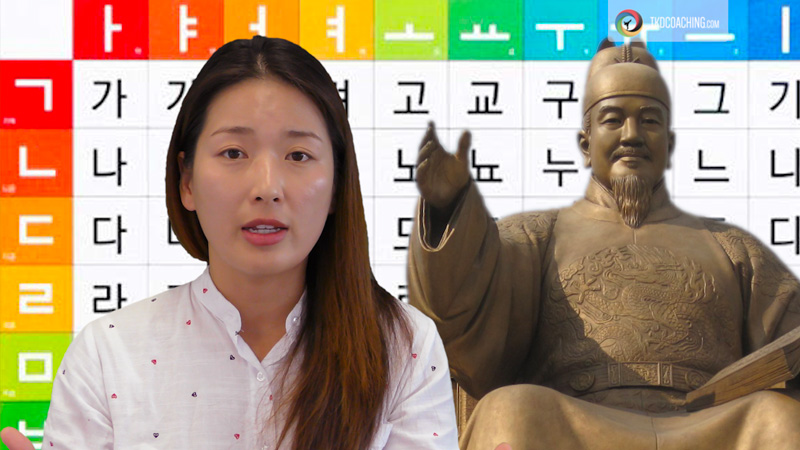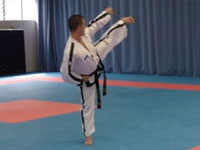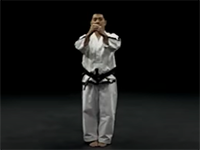Yon-Gae Video

YONG-GAE is named after a famous general during the Koguryo Dynasty, Yon Gae Somoon. The 49 movements refer to the last two figures of 649 A.D., the year he forced the Tang Dynasty to quit Korea after destroying nearly 300,000 of their troops at Ansi Sung.
Ul-Ji Video

UL- JI is named after general Ul-Ji Moon Dok who successfully defended Korea against a Tang’s invasion force of nearly one million soldiers led by Yang Je in 612 A.D., Ul-Ji employing hit and run guerilla tactics, was able to decimate a large percentage of the force. The diagram represents his surname. The 42 movements represent […]
Get higher kicks

Tips, tricks and exercises on how to improve kicking ability, flexibility and control.
Korean Pronunciation

How do you pronounce Taekwon-Do? In this clip you hear how.
Realistic Self Defence – Master Tran Trieu Quan

Flying High Kick

A clip from a TKDCoaching Seminar on Special Techniques
ITF Power Breaking

A nice clip of Power breaking put together by the ITF
Moon-Moo Video

Moon-Moo honours the 30th King of the Silla Dynasty. His body was buried near Dae Wang Am (Great King’s Rock). According to his will, the body was placed in the sea “where my soul shall forever defend my land against the Japanese.” It is said that the Sok Gul Am (Stone cave) was built to […]
So-San Video

SO-SAN is the pseudonym of the great monk Choi Hyong Ung (1520-1604) during the Lee Dynasty. The 72 movements refer to his age when he organized a corps of monk soldiers with the assistance of his pupil Sa Myunh Dang. The monk soldiers helped repulse the Japanese pirates who overran most of the Korean Penninsula in 1592.
Se-Jong Video

SE-JONG is named after the greatest Korean King, Se-Jong, who invented the Korean alphabet in 1443, and was also a noted meteorologist. The digram represents the king, while the 24 movements refer to the 24 letters of the Korean alphabet
